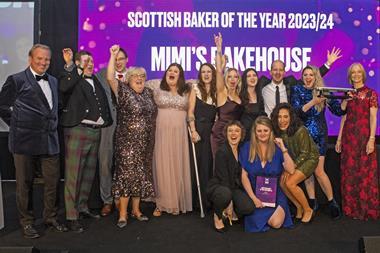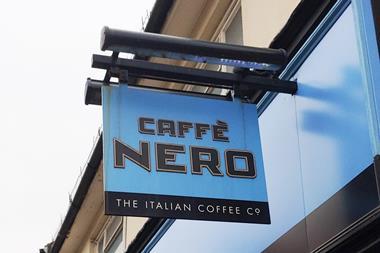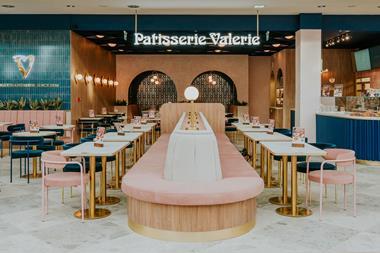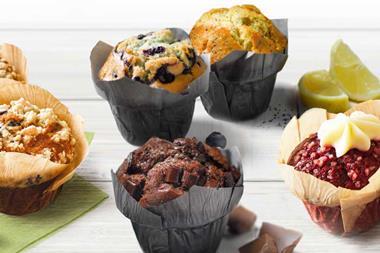Stay-at-home consumers, alternative diets and simpler menus have been tipped to drive the foodservice market.
They are among five out-of-home (OOH) foodservice trends identified by global information company The NPD Group:
Delivery
Driven by technology, the rise of in-home entertainment subscription services and a desire to save money, The NPD Group predicts consumers are likely to ‘cocoon’ and eat more meals at home.
“Consumer spend on restaurant food delivery could grow by 10% in 2019 to reach £5bn. Delivery already plays to consumer needs for convenience and enjoying a ‘treat’,” said The NPD Group.
Transparency and trust
As concern over the environmental impact of raw materials such as palm oil grows, operators have started to offer more information about ingredients.
“Consumers will ask questions about the food they are buying,” said The NPD Group. “The best operators will provide the answers and address consumer concerns about single-use items, especially those made of plastic.”
Veganism and vegetarianism
This year has brought significant growth in the vegan and vegetarian food markets, as demonstrated by a host of new products being released to cater for alternative diets.
“There is wide debate about consumption of meat and dairy products, and whether a different approach to what we eat can help protect the world’s climate and environment,” said The NPD Group, noting a rapid increase in the number of vegans and vegetarians in recent years.
Its data shows that OOH flexitarian (semi-vegetarian) visits have increased at twice the rate of overall market growth over the past three years. It adds that some operators have failed to adapt because they see veganism and vegetarianism as a short-term fad.
The foodservice industry will need to respond carefully, and outlets should ensure they provide a balanced menu with the right choices for vegans and vegetarians, while not alienating meat-eaters, suggests The NPD Group.
Virtual restaurants
Alongside the increased popularity of delivery, virtual restaurants – delivery-only brands – will increase in appeal as they can “begin trading quickly, are relatively cheap to run and are flexible, aided by a lack of overheads such as dedicated retail premises and waiting staff”, The NPD Group said.
Deliveroo currently has around 400 virtual restaurants, and UberEats aims for a similar number by the end of 2018. Just Eat is also entering this space with ‘digital pop-ups’.
Digestible menus
“Consumers do not want to waste time searching for food and drink; many simply search for their favourite dish anyway,” said The NPD Group.
Outlets should focus on what they do best in order to establish a great reputation for a specific cuisine, style or experience.
“Slimmer menus will mean less complexity in the kitchen, a leaner supply chain, lower food costs and less food waste too.”



































No comments yet